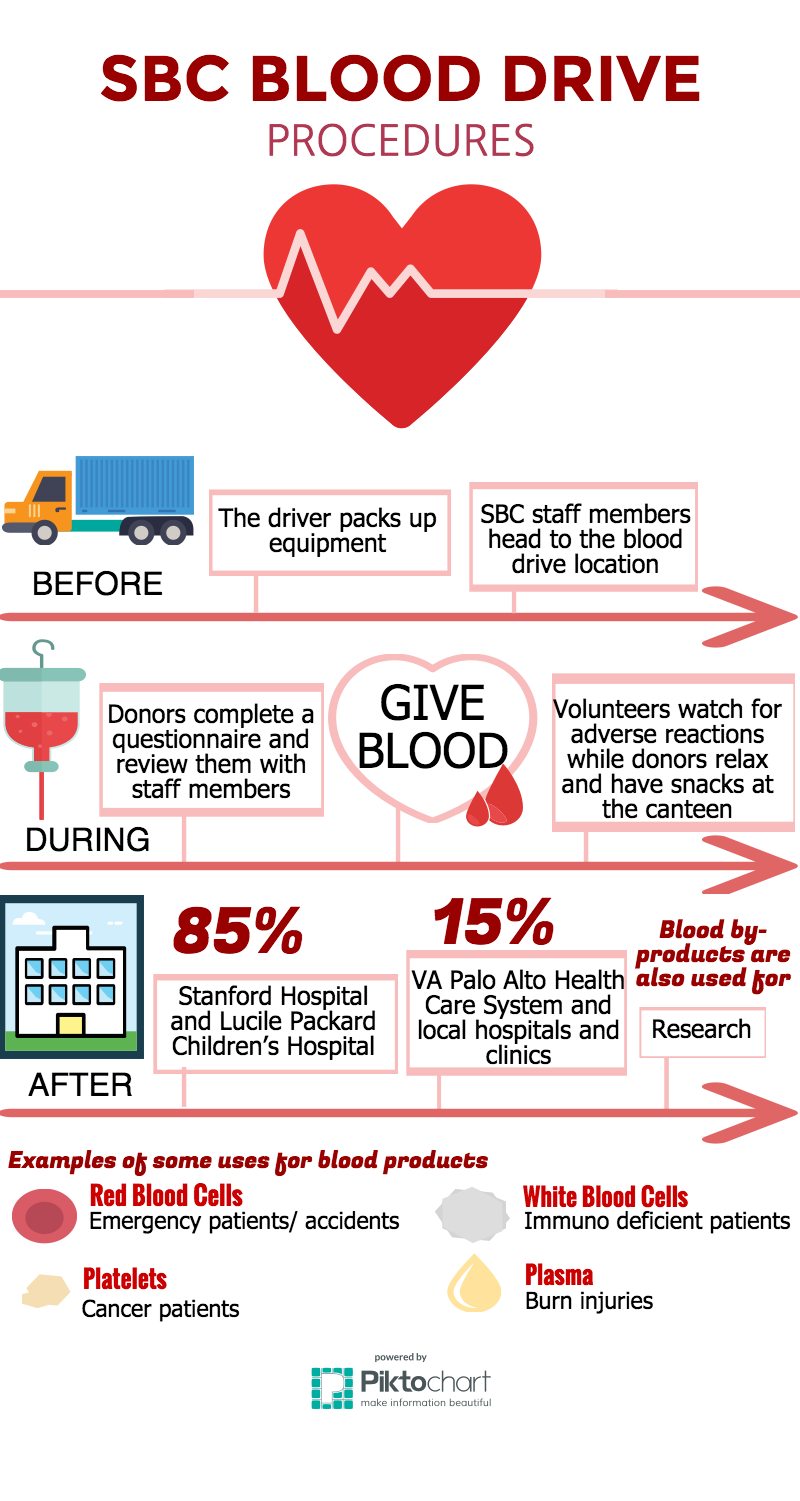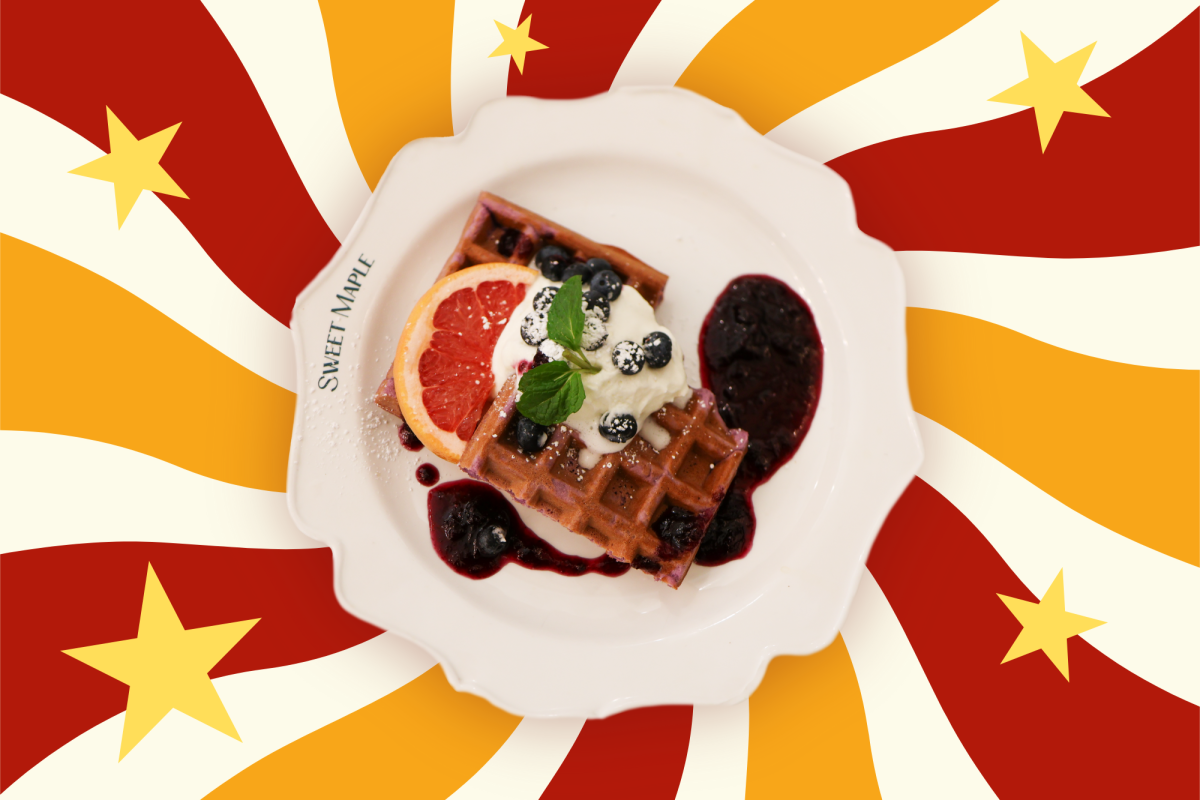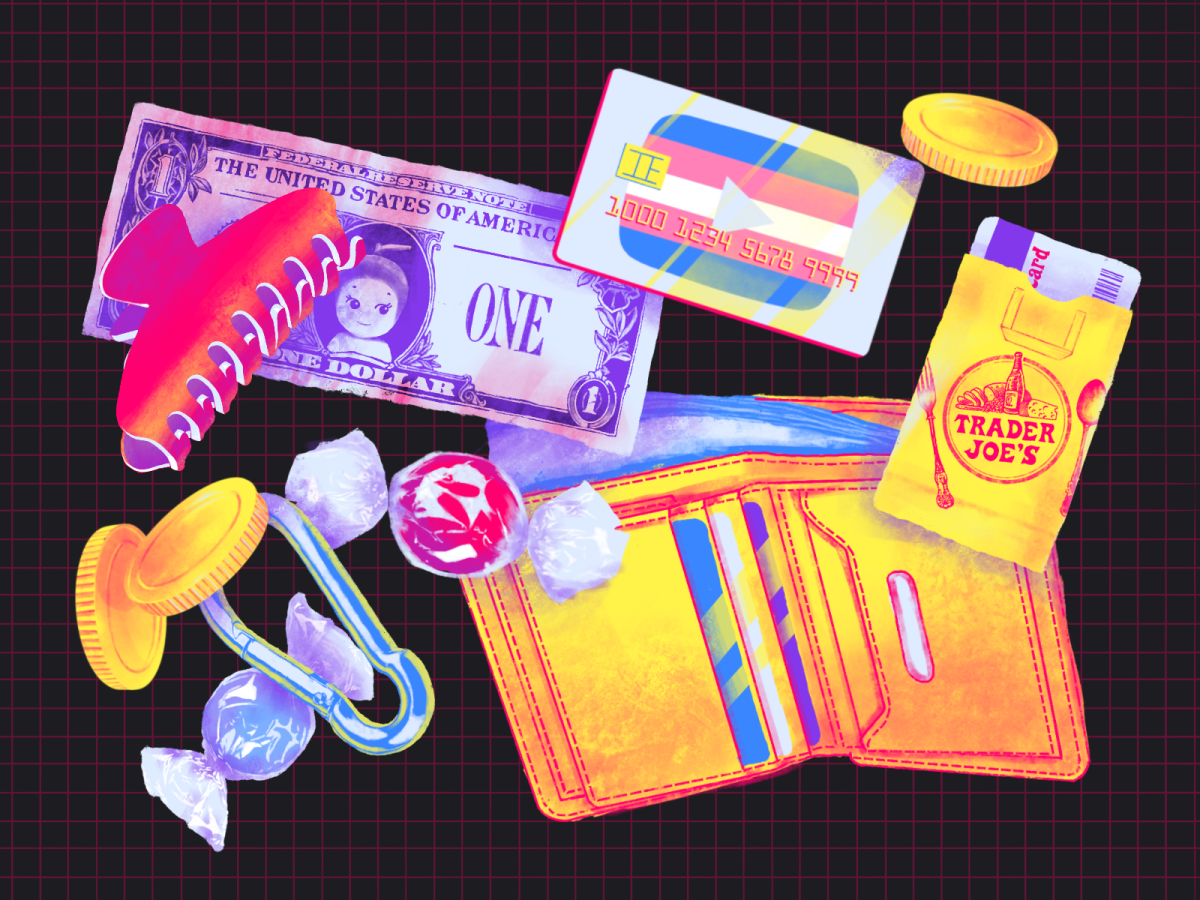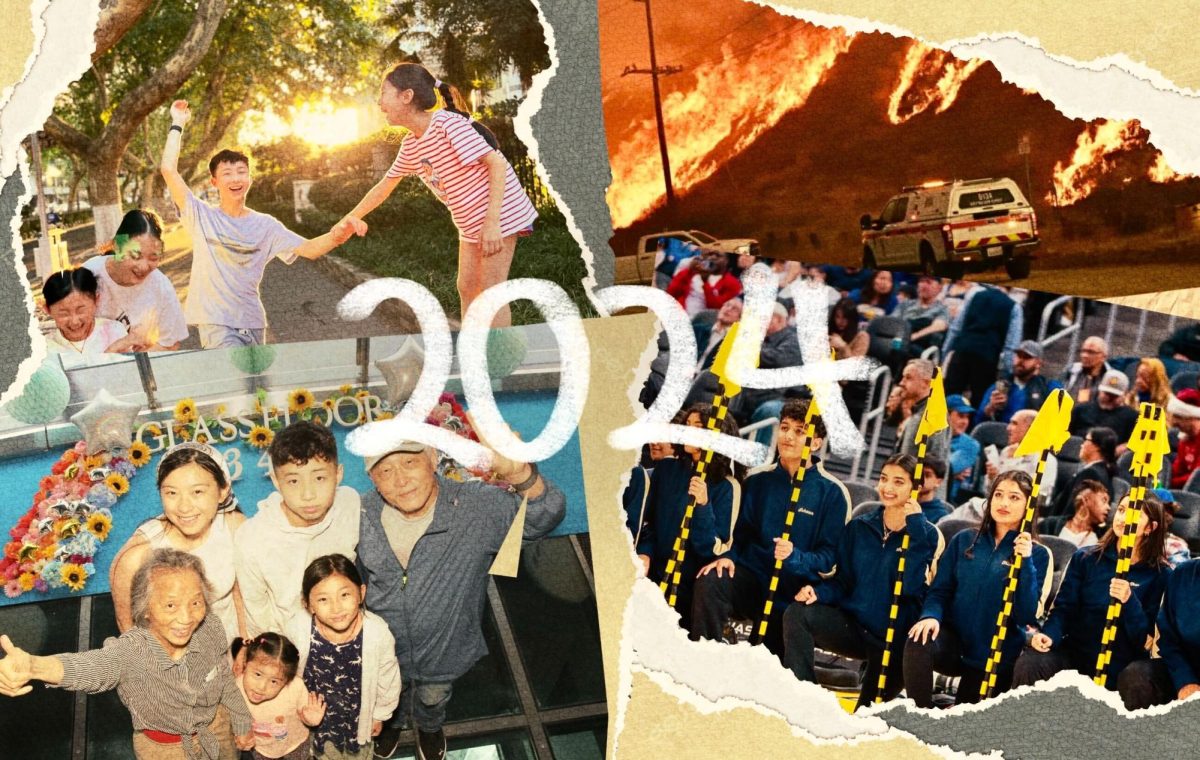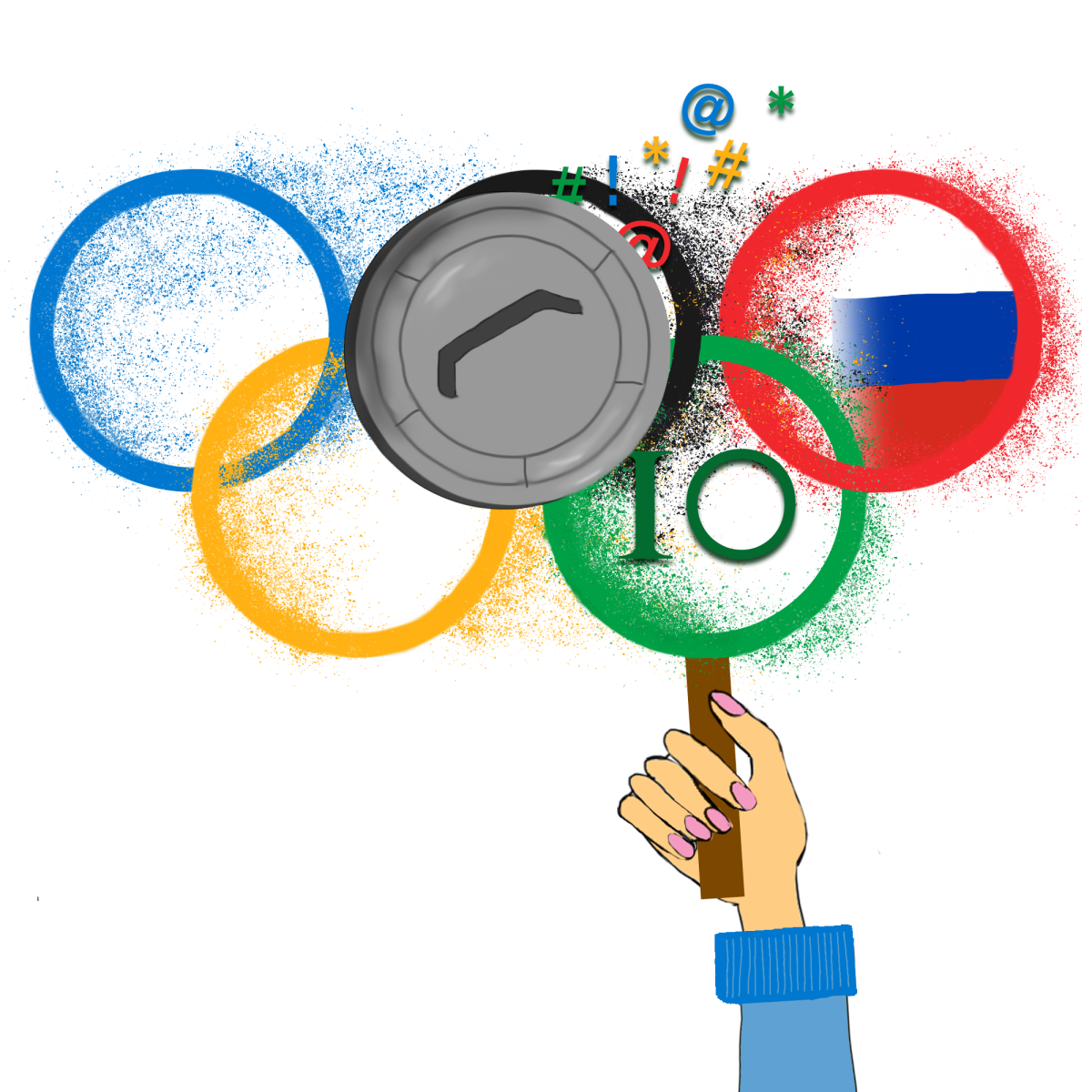SBC blood drive comes to MVHS on Nov. 20
November 19, 2015
In a society with exchanges through money, giving blood is actually a way for humans to contribute without paying. For students above 16, the opportunity will arrive on Nov. 20 with the Stanford Blood Center Blood Drive. Running from 8 a.m. to 2 p.m., the blood drive waits for donors to complete the procedure to give blood, but the process is more than curling up the sleeves and waiting for the needle.

Before the staff van travels to MVHS from one of the three centers in Menlo Park, Palo Alto and Mountain View, the driver starts to pack up the equipment such as beds, tables and containers three to four hours in advance. Then the full-time staff members, including nurses and medical assistants, line up about one hour before the start time and head toward the site of the mobile blood drive in the van. Once they arrive, the staff members put up boards that indicate the direction to the drive out front and set up all the packed equipment.

As soon as a student walks into the blood drive, they are given an electronic pad to complete the 49-question survey. Although the questions are mostly basic, SBC staff Christopher Paulo explained its importance.
“The 49 questions are our first line of defense for blood safety,” Paulo said. “We understand that the blood for the patients is essential, so it is a lot better to not to easily take chance.”
He also added that the safety is a concern not only for the receivers but also for the donors. When taking the same amount of blood from each donor, relative blood lost is different when people are different heights and weights.

To ensure privacy, the donors then go over the questions they answer individually with one staff member in a separate space. Next, donors lie on the bed, staying for twenty minutes while they chat with the nurses, choose the bandage with their favorite colors, walk to the canteen and enjoy cookies and juice. Everything happens in such a quick manner that any pain is vanished in the moment, but the effect of donating blood doesn’t stop here.

The blood received from each donor consists of red blood cells, white blood cells, platelets and plasma and can save up to four different people. Red blood cells are for emergency patients such as those who have just undergone car accidents. Plasma serves to heal burn injuries. White blood cells can help immuno deficient patients, and platelets are for cancer patients.
Paulo also explains that since high schools students are more stimulated to give blood because of encouragement and examples from their friends, SBC often receives three to four times of blood in each high school drive than normal business or public ones. 85 percent of the blood received goes to the Stanford Hospital and Lucile Packard Children’s Hospital, and the rest of the blood goes to Veterans Affairs Palo Alto Health Care System, which makes giving blood through SBC a direct act to help local community. However, blood will be sold to other hospitals if there is a shortage due to natural disasters or other reasons. It is essential to keep a constant blood supply to be prepared for any crisis, and blood drives are the sources of the supply, which is the reason that SBC needs to set up blood drives regularly in different places.

Rachelle Allauigan decided to give blood to SBC for the first time on Oct. 31, 2015, at Milpitas Public Library. She explained that when her mother gave birth to her brother a few years ago, her mother received 10 liters of blood during the operation and survived because of the blood. Feeling thankful, Allauigan researched for places to donate blood online in order to do the same things to others.
“Look past through the needles and pain,” Allauigan said. “The reward of [donating blood] is much greater. You never know who’s out there in need.”

Although the overall amount of blood taken from each donor is greater than that of a usual blood check, Allauigan says that the feeling of the needles is no more than vaccinations and regular blood checks. Some of the donors treat giving blood as an opportunity to challenge themselves when they are originally afraid of needles. Mark Schmidt, who is one of those donors, overcame his fear of needles by donating blood after four times of blood donation.
“Don’t be afraid. It doesn’t hurt as much as you think,” Schmidt said, half jokingly. He added that he usually went back to work after he donated blood without feeling less energetic. It’s still normal for people to feel some extent of tiredness due to the blood loss and drop of blood sugar level, but the actual influences depend on individuals.
In some cases, students may not be able to give blood, because of height and weight or recent traveling destinations. Still, there are other ways to participate in the process of blood drives, such as being a volunteer.
Amulya Raju, a senior in Lynbrook high school, has volunteered in SBC for the past two years. She helped the donors settle down in the canteen area and instructed them to intake cookies and orange juice to replenish blood sugar level. Raju also observed the patients’ conditions to watch for reactions that resulted from blood loss. In her experiences with SBC, Raju met many interesting people, such as a man who celebrated his 300th donation in a center, a survivor from motorcycle accidents who was able to live because of donated blood, and a young lady who brought in her entire family for blood donation after her son’s heart surgery. Raju interacted with those people and witnessed the care from all the staff members toward those donors, which in Raju’s belief was a nice aspect of SBC blood drives.
Raju encouraged more students to participate in volunteering at SBC, as well as donating blood in blood drives.
“Of all the people donating blood, they always say it is the easiest way to give back.” Raju said.


